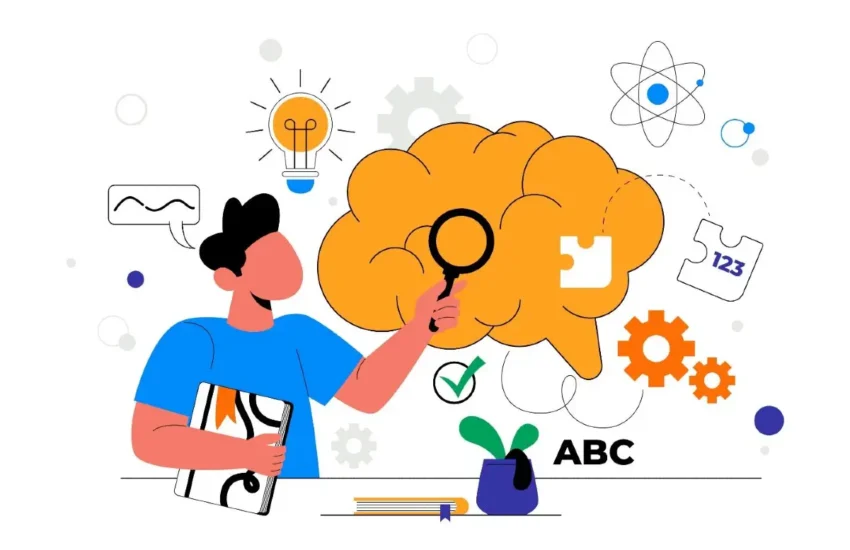Medicinal Purposes of Marijuana
In states where medical marijuana is legal, your doctor can recommend it to treat certain conditions. It can qualify you to buy the drug in a dispensary store. Scientists have strong evidence that cannabis helps reduce pain, nausea and vomiting from chemotherapy and spasticity (tight or stiff muscles) from multiple sclerosis. Studies also show it may help prevent and ease anxiety.

Chronic Pain
The main justification for medical marijuana use is chronic pain. It is a long-lasting, constant pain that often can’t be relieved with other medications. It can keep people from sleeping, eating and enjoying life. It can also cause other health problems. Opioids are frequently prescribed to treat pain, but they also carry a risk of overdose and addiction, among other dangerous adverse effects. Chronic pain can be treated more effectively and naturally with medical marijuana. In one study, researchers found that when cannabis is combined with opioids, it can help increase the effectiveness of the opioids and reduce the amount needed to be effective. Marijuana may also help with pain from nerve damage, such as neuropathic pain. It can lessen the nausea and vomiting brought on by painkillers like opioids. It is important because standard prescription anti-nausea drugs are usually ineffective or can have debilitating side effects. However, more research is needed to see if cannabis can effectively treat neuropathic pain. It is also important to discuss any use of marijuana for pain with your doctor.
Cancer
Many cancer patients find that marijuana quells the nausea and vomiting of chemotherapy, makes them feel like eating more, and soothes anxiety. These benefits can be particularly valuable if other medications aren’t also working. Medical marijuana can also treat pain from nerve damage, such as MS or shingles, and reduce tremors associated with Parkinson’s disease. It may help lower eye pressure in people with glaucoma, though the effect doesn’t last long. Cannabis may be helpful as part of a treatment plan for some types of cancer, although more research is needed to know whether it’s an effective anti-cancer drug. It may increase the effectiveness of standard treatments, such as tamoxifen and lapatinib in breast cancer, by enhancing the ‘entourage effect’ when taken together. It has also been shown to be synergistic with immunotherapy drugs. However, it’s important to note that some immunotherapy drugs are processed through the liver, and marijuana may affect their work. It’s best to talk to your doctor before using marijuana for cancer or any other condition.
Epilepsy
People with epilepsy often turn to medical marijuana. According to studies, it can lessen seizures for some LGS and Dravet syndrome sufferers. It has also been shown to be safe and well-tolerated in children, even as young as four. The FDA recently approved a medication called Epidiolex that contains purified (over 98%) CBD. The drug treats specific types of seizures in patients that do not respond to other antiepileptic drugs. The drug has only been approved for use in adults and children with certain seizure disorders who have tried other treatment options and do not get relief.
Since the early 1700s, marijuana, also known as cannabis, has been used medicinally.
Seizures
Seizures are sudden burst of abnormal electrical activity in the brain that disrupts normal neurologic function. They affect people of all ages and races but are more common in children.
In some clinical trials, marijuana has been shown to help reduce seizures. For example, one study found that whole-plant medical marijuana reduced the number of seizures among people with intractable childhood-onset epilepsy. It included patients who didn’t respond to other anti-seizure medicines. Further research suggests that CBD, a chemical compound in marijuana, may help treat seizures by changing how nerve cells communicate. The FDA has approved Epidiolex, which contains high levels of CBD, to treat Dravet syndrome and Lennox-Gastaut syndrome. It has also been shown to improve the effect of clobazam, a drug that treats some seizures. Other studies indicate that medical marijuana may help with multiple sclerosis-related spasticity (tight or stiff muscles), cancer-related nausea and vomiting, and chronic pain. Smoking marijuana can lower the pressure inside the eye, a problem in some cases of glaucoma.
Anxiety
Anxiety is one of the most common conditions medical marijuana can help treat. Patients suffering from anxiety often find that existing pharmaceutical options like tranquilizers have a lot of side effects, while cannabis has none. CBD alone has been shown to reduce the amount of cortisol released by the body, a stress hormone. It can also increase GABA levels which helps with relaxation and calmness. While more research is needed, the current evidence shows that CBD-rich medicinal cannabis products can offer a holistic alternative to antidepressants and other anxiety-related pharmaceuticals. It is currently the second most popular reason for medicinal marijuana prescriptions.
In addition to treating anxiety, marijuana has been used to help relieve pain associated with several conditions, including arthritis (including fibromyalgia), multiple sclerosis, Tourette’s syndrome and chronic migraines. Marijuana has even been found to soothe tremors in Parkinson’s disease and ease glaucoma pain.


